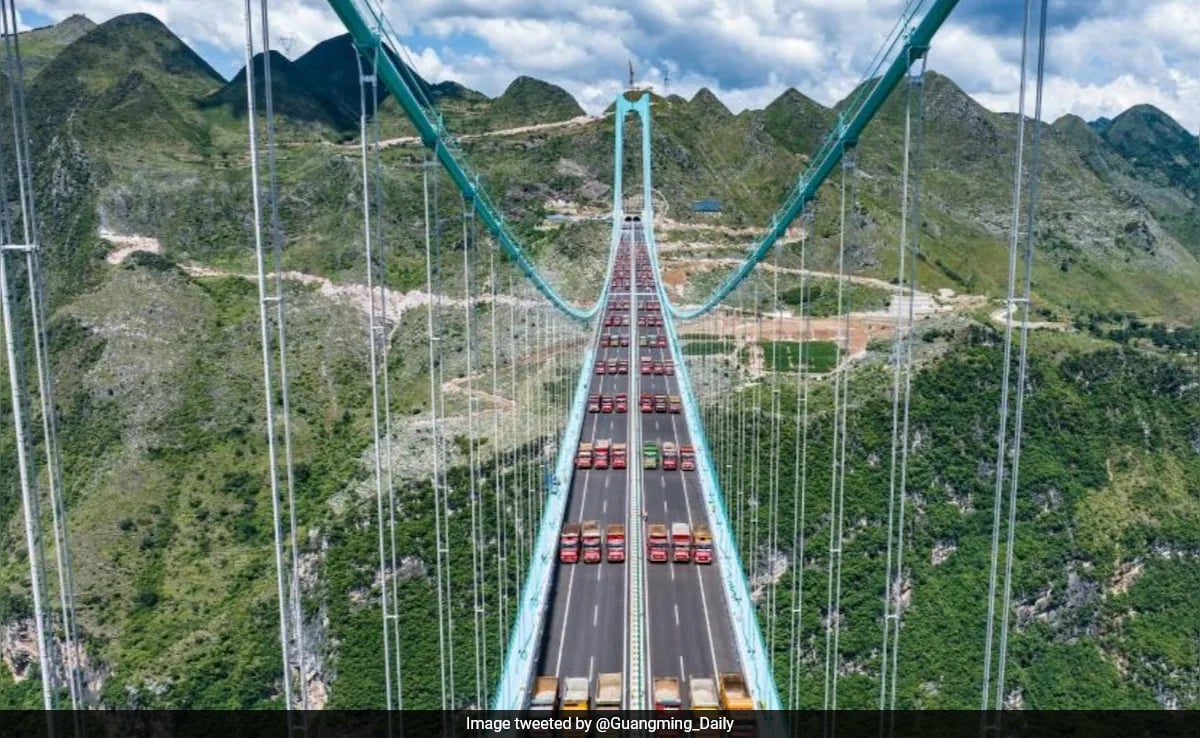Small words, big implications and lots of waiting in Glasgow declaration
Return to menuJust after sunrise in Glasgow on Friday, weary negotiators posted the latest draft of a proposed global climate agreement that nearly 200 nations will be asked to embrace over the coming day.
At first glance, the omissions and additions, the minor word tweaks and shifting verbs might seem inconsequential. But in the world of international legal-speak, each change represents hours of intense — and still unfinished — diplomatic wrangling over how the world collectively plans to make progress toward the climate targets under the 2015 Paris agreement.
On Friday, the key elements of such a deal began to emerge:
The first reference in decades of these talks to mention the need to accelerate the phaseout of fossil fuels remained, despite concerns from many advocates that the language would get axed by nations whose economies revolve around such extraction. But the initial text had been weakened to give wiggle room, saying countries should stop burning “unabated” coal and halt “insufficient” fossil fuel subsidies.The draft agreement makes clear the urgency of more action in this decade, not only over the distant future. It acknowledges the climate disasters already unfolding and the science that says that trend will continue without significant cuts to global emissions. It details how current national climate plans are woefully insufficient to halt Earth’s warming, and nudges leaders to commit to new or updated targets “as soon as possible” — ideally by 2022. This delivers a not-subtle message to the world’s biggest emitters: Do more, and do it faster.Vulnerable countries on the front lines of climate change won hard-fought acknowledgment that rich nations have failed outright to live up to a promise to generate $100 billion annually to help the developing world adapt to worsening catastrophes and build greener economies. That commitment simply must be met, the latest proposal states.In addition, the latest draft deal would set up a “facility” that eventually could provide funding and other support to nations where climate change has already caused irreparable harm, an issued known as “loss and damage.” Negotiators on Friday continued to hash out the complex, contentious rules for global carbon trading markets, as well as to shape the parameters for ensuring that countries submit greenhouse gas data and climate plans that are transparent and credible.
After the latest United Nations climate summit in 2019 ended in finger-pointing and few tangible results, some policy experts viewed the agreement taking shape Friday with cautious optimism.
“This is definitely progress from what we saw a couple days ago,” WRI vice president Helen Mountford told reporters. “We need to see what stands, what holds, how it looks at the end. At the moment, it’s looking in a positive direction.”
.png) 3 yıl önce
3 yıl önce











 English (United States) ·
English (United States) ·  Turkish (Turkey) ·
Turkish (Turkey) ·